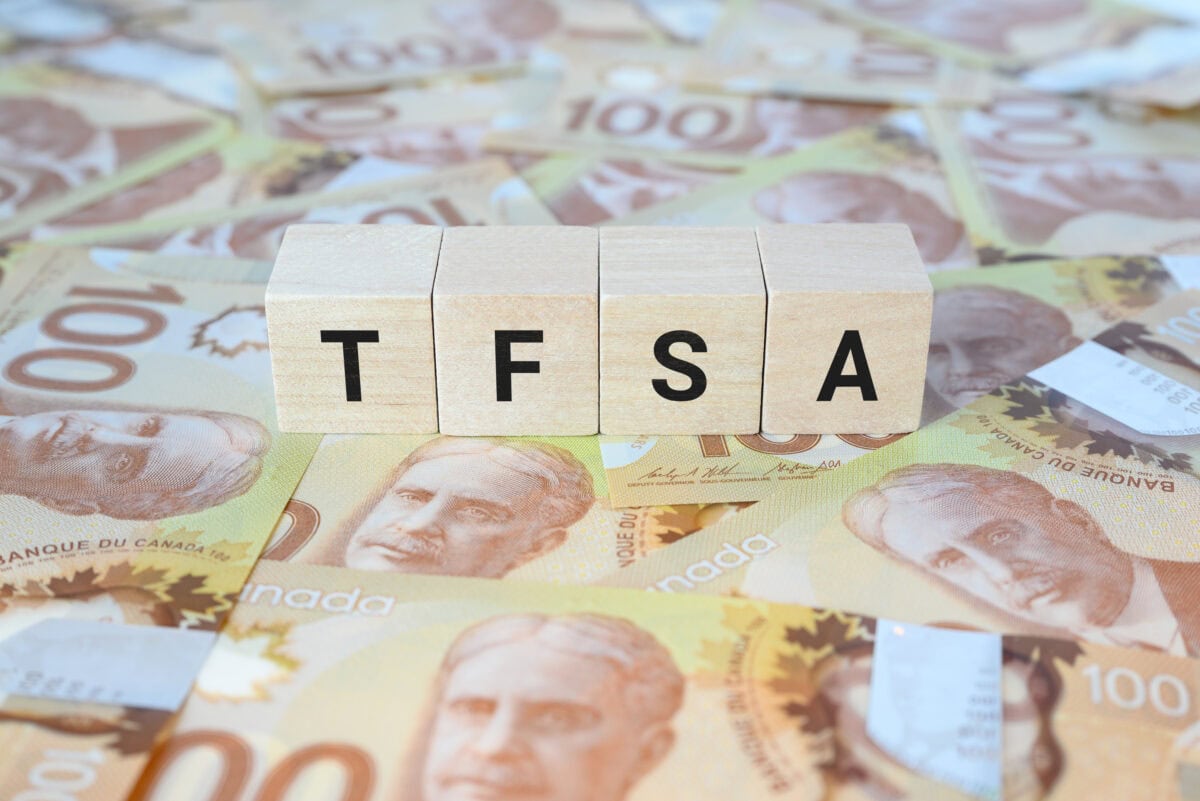Monthly dividend stocks are a favourite for investors seeking regular income streams. While quarterly dividends are more common, monthly payers can offer enhanced cash flow management. For instance, real estate investment trusts (REITs) and certain utility companies are known for their monthly distributions. Statistics show that monthly dividend stocks tend to offer slightly lower yields compared to their quarterly counterparts, but the consistency and frequency of payments can be a major perk. Over the past year, monthly dividend payers have provided investors with steady income, contributing to the popularity in the dividend stock space.
Moreover, monthly dividend stocks can be particularly appealing in volatile markets or for retirees needing regular cash flow. Historical data suggests that while the yield might be lower, the regular income can help investors reinvest dividends more frequently, potentially compounding returns over time. And this could be especially beneficial for those who rely on their investments for monthly expenses.
TFSA steps
If you’re thinking about adding monthly passive income stocks to your Tax-Free Savings Account (TFSA), the first step is to research which stocks or funds offer monthly dividends. Start by checking out companies or real estate investment trusts (REITs) with a history of consistent monthly payouts. These can often be found on financial news sites or investment platforms. Look at their dividend yield, stability, and past performance to ensure they align with your financial goals.
Next, assess how these stocks fit within your TFSA. Remember, the TFSA allows for tax-free growth, making it an ideal account for holding dividend stocks. Once you’ve selected your stocks, you’ll need to open or update your TFSA through your brokerage and then place your orders. Make sure to keep an eye on any changes in dividend policies or stock performance to ensure your investments continue to meet your needs. Regularly reviewing your portfolio will help you stay on track and make adjustments as needed.
Pizza Pizza
Pizza Pizza Royalty (TSX:PZA) could be a strong option in this case. It’s had an intriguing ride over the past few years. Historically, the stock has been a solid choice for dividend-seeking investors due to its consistent payout record. However, recent reports show some mixed results. For the second quarter of 2024, Pizza Pizza saw a slight dip in same-store sales by 3.9% and a 2.0% decrease in Royalty Pool sales.
Despite this, the company continues to expand its restaurant network, adding five new locations during the quarter and 10 year to date. The recent dividend yield stands robust at around 7.23%, offering a good return for investors. However, the payout ratio has climbed to 115%, indicating a bit of strain on maintaining this payout level.
Looking ahead, the current benefits of PZA stock include its strong monthly dividend, which provides a steady income stream and is appealing for TFSA investors seeking regular cash flow. The company’s ongoing expansion, with 31 new restaurants added to the Royalty Pool this year, suggests growth potential despite the short-term sales challenges. However, future risks include maintaining its high payout ratio and managing the impact of fluctuating sales on dividend sustainability. With its current dividend yield and consistent monthly payouts, PZA presents an attractive opportunity for income-focused investors, particularly those in tax-advantaged accounts like a TFSA.
Bottom line
By combining Pizza Pizza with a TFSA, you could earn immense income in the next year alone. Let’s say investors take their $7,000 in TFSA contribution room and put it towards Pizza Pizza. Then, we see the company continue to grow its compound annual growth rate of 6.5% in the last five years. Here is what today’s investment could turn into.
| COMPANY | RECENT PRICE | NUMBER OF SHARES | DIVIDEND | TOTAL PAYOUT | FREQUENCY | PORTFOLIO TOTAL |
| PZA – now | $12.90 | 543 | $0.93 | $504.99 | monthly | $7,000 |
| PZA – 6.5% | $13.74 | 543 | $0.93 | $504.99 | monthly | $7,460.82 |
Investors could earn passive income of up to $965.81! That’s from dividends and returns in the next year. Meanwhile, this could turn into monthly income of $80.48 as well!








